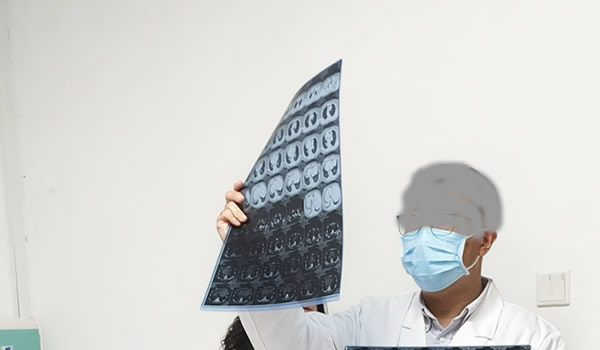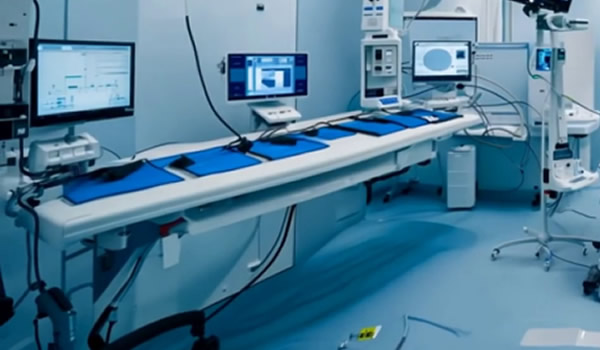Asia carries one of the highest burdens of liver disease globally, with hepatitis B and C, alcohol-related liver damage, and non-alcoholic fatty liver disease (NAFLD) as leading causes. Millions of patients progress to cirrhosis or liver cancer, creating urgent demand for effective treatments. This article explores traditional therapies, antiviral drugs, liver transplantation, and emerging treatments for liver disease in Asia.

Liver Disease in Asia: A Public Health Challenge
- Hepatitis B (HBV): More than 116 million people in Asia live with chronic HBV.
- Hepatitis C (HCV): Around 62 million cases globally, with Asia carrying the largest share.
- Liver cancer: A leading cause of cancer-related deaths in Asia.
- NAFLD: Increasing with obesity and diabetes epidemics.
- Alcohol-related liver disease: Rising in countries with changing drinking habits.
Hepatitis Treatments
Hepatitis B (HBV)
- Antiviral therapy: Tenofovir and entecavir remain the standard.
- Goals: Suppress viral replication, reduce liver inflammation, and prevent progression to cirrhosis or cancer.
- Vaccination: Widely implemented across Asia; highly effective in prevention.
- Challenges: Lifelong treatment for most patients, stigma in some countries.
Hepatitis C (HCV)
- Direct-acting antivirals (DAAs): Drugs like sofosbuvir, daclatasvir, ledipasvir cure >95% of patients.
- Accessibility in Asia: India is a leading producer of generic DAAs, improving affordability.
- Barriers: Screening gaps and underdiagnosis in rural populations.
Cirrhosis and Liver Failure Treatments
Medical Management
- Lifestyle: Alcohol abstinence, dietary management.
- Medications: Diuretics for ascites, beta-blockers to prevent variceal bleeding.
- Endoscopic therapy: Band ligation for varices.
Liver Transplantation
- Best treatment for end-stage liver disease.
- Challenges in Asia: Organ shortages due to cultural resistance. Cost barriers in low-income countries.
- Regional leaders: India, South Korea, China, and Singapore performing increasing numbers of transplants.

Liver Cancer Treatments
- Surgical Resection: Effective for localized tumors.
- Liver Transplantation: For patients with cirrhosis plus liver cancer.
- Local Ablation: Radiofrequency or microwave ablation.
- Transarterial Chemoembolization (TACE): Widely used in Asia for intermediate-stage cancer.
- Targeted Therapy: Sorafenib, lenvatinib, regorafenib.
- Immunotherapy: Checkpoint inhibitors (nivolumab, pembrolizumab) showing promise.
Non-Alcoholic Fatty Liver Disease (NAFLD)
- Rising prevalence with obesity and diabetes.
- Management strategies: Weight loss through diet and exercise. Diabetes medications (GLP-1 receptor agonists, SGLT2 inhibitors) showing liver benefits. Ongoing research into antifibrotic drugs.
Regional Insights
- China: Largest HBV burden; expanding liver cancer and transplant programs.
- India: Strong producer of generic hepatitis drugs; leading in medical tourism for liver transplants.
- Japan: Focus on advanced therapies for HCV and liver cancer.
- Southeast Asia: Vaccination progress but limited access to DAAs.
- Middle East: High prevalence of fatty liver disease linked to obesity.
Future Directions
- Universal Screening for HBV and HCV.
- Affordable DAAs through generics and regional partnerships.
- Advances in immunotherapy for liver cancer.
- Stem cell research for cirrhosis repair.
- Artificial liver support devices under development.

Conclusion
Liver disease remains a major health crisis in Asia, driven by viral hepatitis, lifestyle changes, and rising obesity. Treatments are evolving rapidly, with antiviral therapies curing hepatitis C, effective medications for HBV, and improved access to liver transplantation.
The future will depend on expanding screening programs, making advanced treatments affordable, and adopting innovative therapies. With comprehensive strategies, Asia can reduce the heavy burden of liver disease and improve survival for millions.
hepatitis treatment Asia, liver disease therapies, liver cirrhosis treatment, antiviral drugs hepatitis C, liver transplant Asia